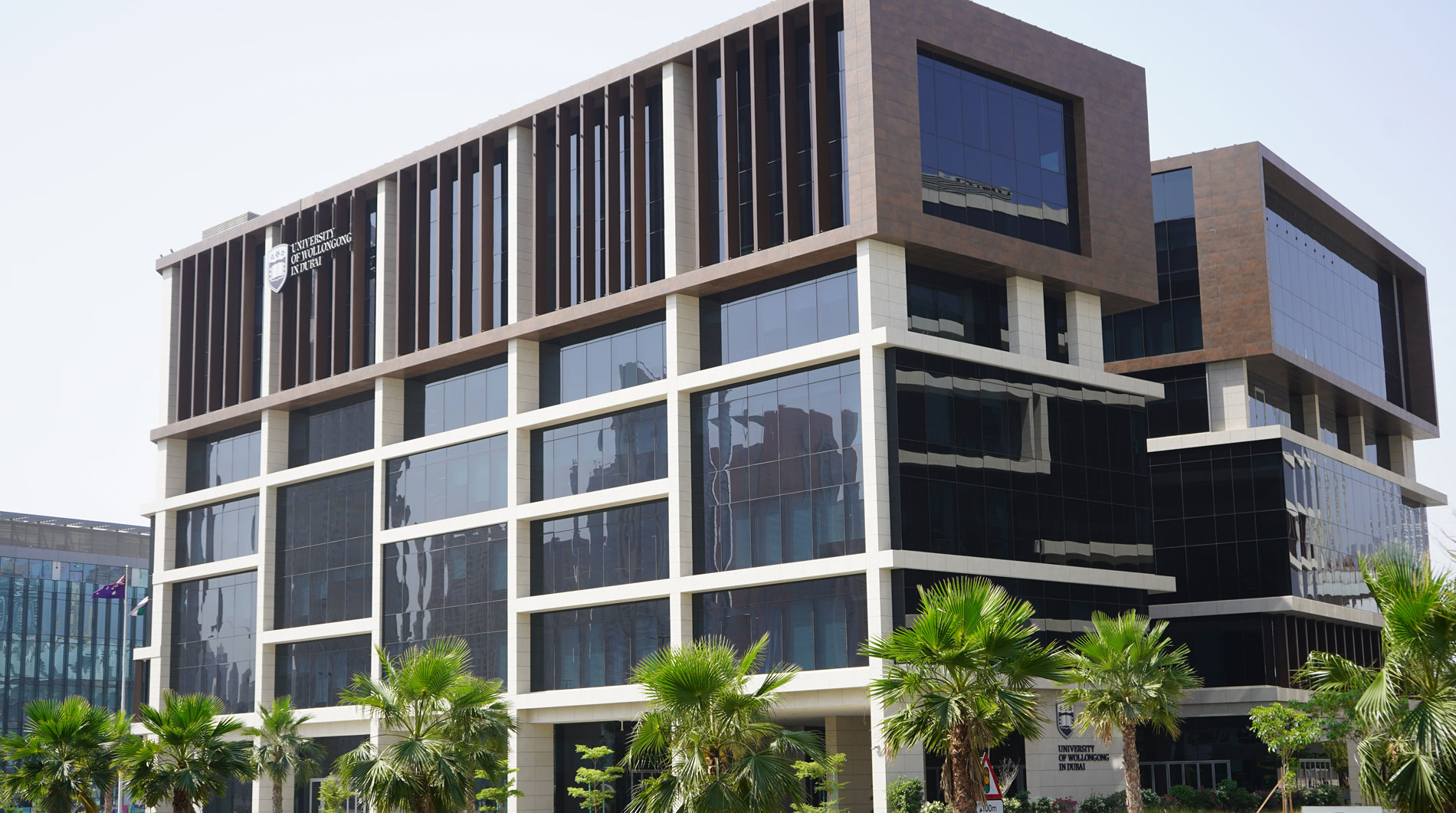Telecoms industry can benefit from agricultural waste, reveals research study
Sunday, 20 January, 2019
Date palm waste to be used as an alternative material for microwave absorbers Agricultural wastes, such as stalks and stubble (stems), leaves, and seed pods, are commonly dumped or burned after crop harvesting since they are not considered useful for the community. However, new studies have revealed that agricultural waste is financially beneficial and is environmental friendly compared to the current materials used in microwave absorbers, such as polystyrene and polyurethane. Dr Mohamed Fareq Malek, Associate Professor at the University of Wollongong in Dubai (UOWD) recently conducted a study with several research colleagues, investigating the use of date palm waste for the fabrication of microwave absorbers and was chosen as a finalist for Dubai Expo2020 grant in 2017 for this specific project “The abundance of date palm waste can be used to fabricate microwave absorbers, which can be exported in the domestic and international market. This is a great opportunity that will generate income for the farmers, companies and the UAE and will also reduce the cost of producing microwave absorbers, preserve the environment, generate more income for the farmers and maintain sustainability of the life cycle of the ecosystem”, commented Dr Malek. The knowledge and background of microwave absorbers from date palm waste will be transferred to farmers, by educating farmers on the economic and environmental benefits of providing date palm waste for the production of microwave absorbers. The wireless communications industry has experienced an explosive growth in recent years. Cell phones, personal data assistants, and wireless internet connections (wireless fidelity or WI-FI) are now commonly used, and further wireless system advancements are imminent. Consequently, there is a strong growth in need of anechoic chambers, and microwave absorbers, for antenna testing and measurements. Furthermore, there’s a more stringent EMC compliance requirement than ever due to the increase in the wireless equipment data exchange rate i.e. 4G and 5G mobile and IOT technology etc. This has triggered the relevant industry players to equip themselves with measurement facilities such as EMC pre-compliance chambers. The future trend in wireless technology development is going higher in the frequency spectrum and data rate, hence the demand of the Anechoic Chamber facilities, with fully installed microwave absorbers, will also continue to rise. A mini anechoic chamber needs approximately 2000 pyramidal microwave absorbers. An approximate amount of 200 grams of date palm waste are needed to make one date palm waste pyramidal microwave absorber. Therefore 400,000 grams of date palm waste are needed to completely fill a mini anechoic chamber. This solution is novel because we will utilize the naturally high content of silica in date palm waste, its high extern surface area and absorbent property to make microwave absorbers. The date palm waste materials are needed for the fabrication of microwave absorbers and a close collaboration with date palm farmers in the UAE is encouraged to ensure a stable supply of the date palm waste needed for the date palm waste microwave absorbers fabrications. This will contribute a certain level of financial income to the farmers in the UAE. This article featured in Gulf News on Tuesday on 22 January 2019. Click here to view it

Open Day
Attend our next Open Day on Saturday, 27 April 2024.
Join our experts to learn more about our degrees and how you can enrol at UOWD.